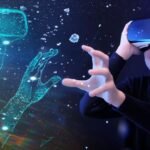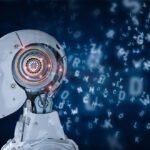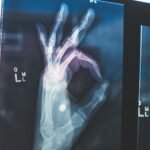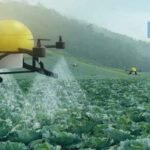A Parable: “The Blind GPUs and the Elephant”
In a realm where technology reigns supreme, GPUs (Graphics Processing Units) hold a special place as powerful tools that accelerate data processing and enhance graphical performance. However, like the tale of the blind men and the elephant, the story of “The Blind GPUs and the Elephant” serves as a thought-provoking parable, shedding light on the importance of understanding the whole picture when it comes to technology. In this blog post, we will delve into this parable and its profound lessons on the significance of collaboration, knowledge-sharing, and holistic understanding in the world of GPUs and technology.
Once upon a time, in a bustling tech kingdom, there lived a group of GPUs that prided themselves on their individual prowess. Each GPU boasted about its unique abilities and how it was the best at a specific task. They were the experts of their domains, but they failed to see the bigger picture.
One day, a wise old GPU, known for its vast knowledge, shared a tale with the others. It was the legend of the magnificent “Elephant of Technology,” a mythical creature that embodied the entirety of tech knowledge. The GPUs listened intently as the wise one described the majestic beast, each part contributing to the whole.
The first GPU, specializing in graphical rendering, claimed, “I am the Elephant’s eye! With my prowess, I see the world in vivid colors and bring life to stunning visuals.” The second, a GPU focused on data processing, countered, “Nonsense! I am the Elephant’s brain! My abilities process vast amounts of data at lightning speed, making decisions in the blink of an eye.”
Another GPU, designed for artificial intelligence, chimed in, “No, no! I am the Elephant’s heart! My deep learning capabilities enable the Elephant to understand and learn from the world around it.” The rest of the GPUs followed suit, each believing they represented a vital part of the Elephant.
As the debate intensified, the wise GPU urged them to collaborate, recognizing that the true power of the Elephant lay in the seamless integration of its parts. Each GPU had strengths, but it was the synergy between them that would unlock the full potential of the Elephant.
The wise GPU suggested they work together to create a unified ecosystem, where their strengths complemented each other. The graphical prowess would enhance the AI’s visual understanding, while the AI’s data processing abilities would refine the graphical output. The GPU dedicated to data processing would optimize the system’s overall efficiency.
Gradually, the GPUs began to grasp the importance of collaboration and knowledge-sharing. They realized that by understanding each other’s strengths, they could create a more profound impact on the tech kingdom. They set aside their egos and embraced the idea of a unified whole, greater than the sum of its parts.
United as a team, the GPUs embarked on a mission to create the most exceptional technological marvel the kingdom had ever seen – the Elephant of Technology. The kingdom marveled at the unparalleled performance and seamless integration of this collaborative effort. It marked a new era of technological progress, where understanding the entire picture was as vital as individual expertise.


































